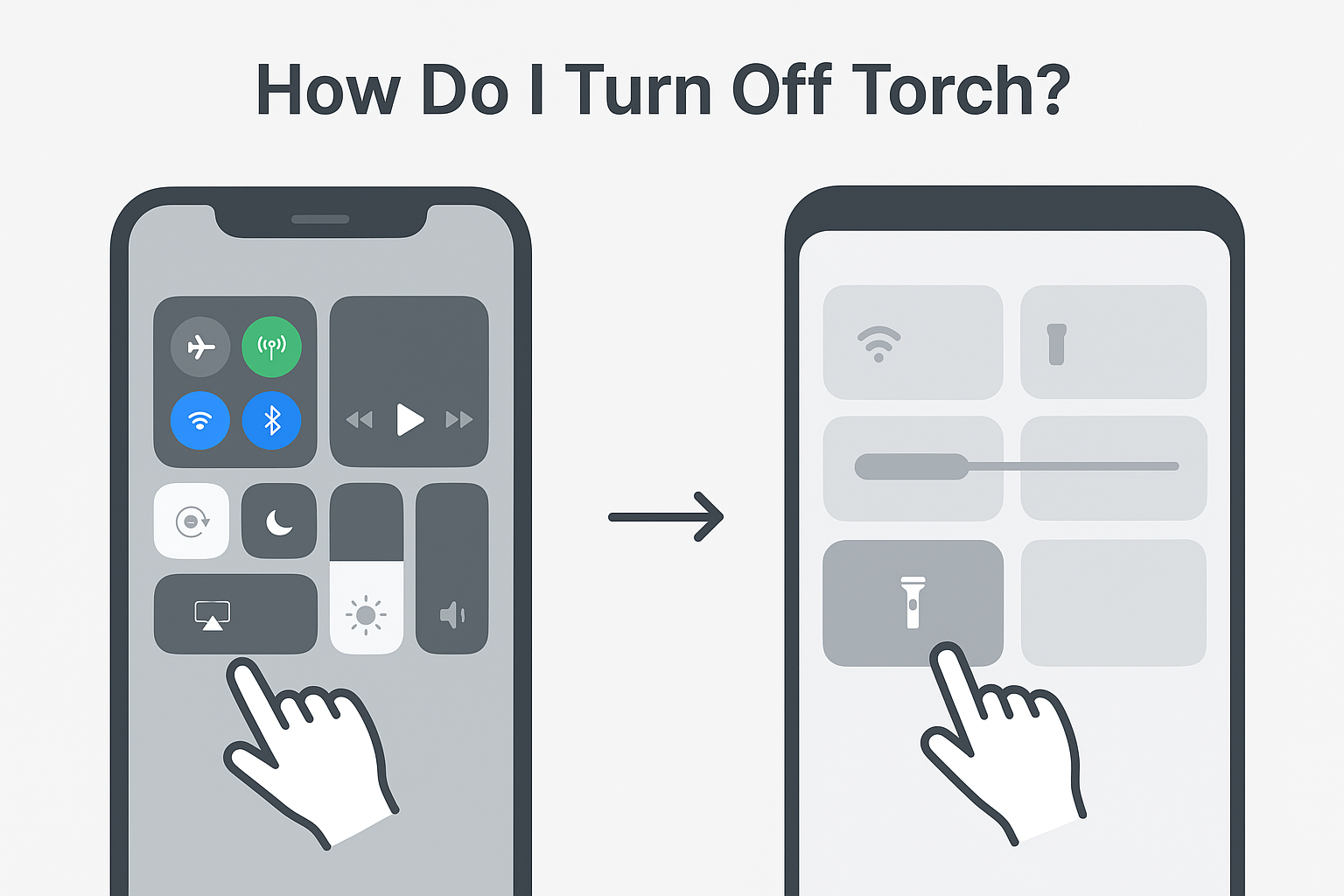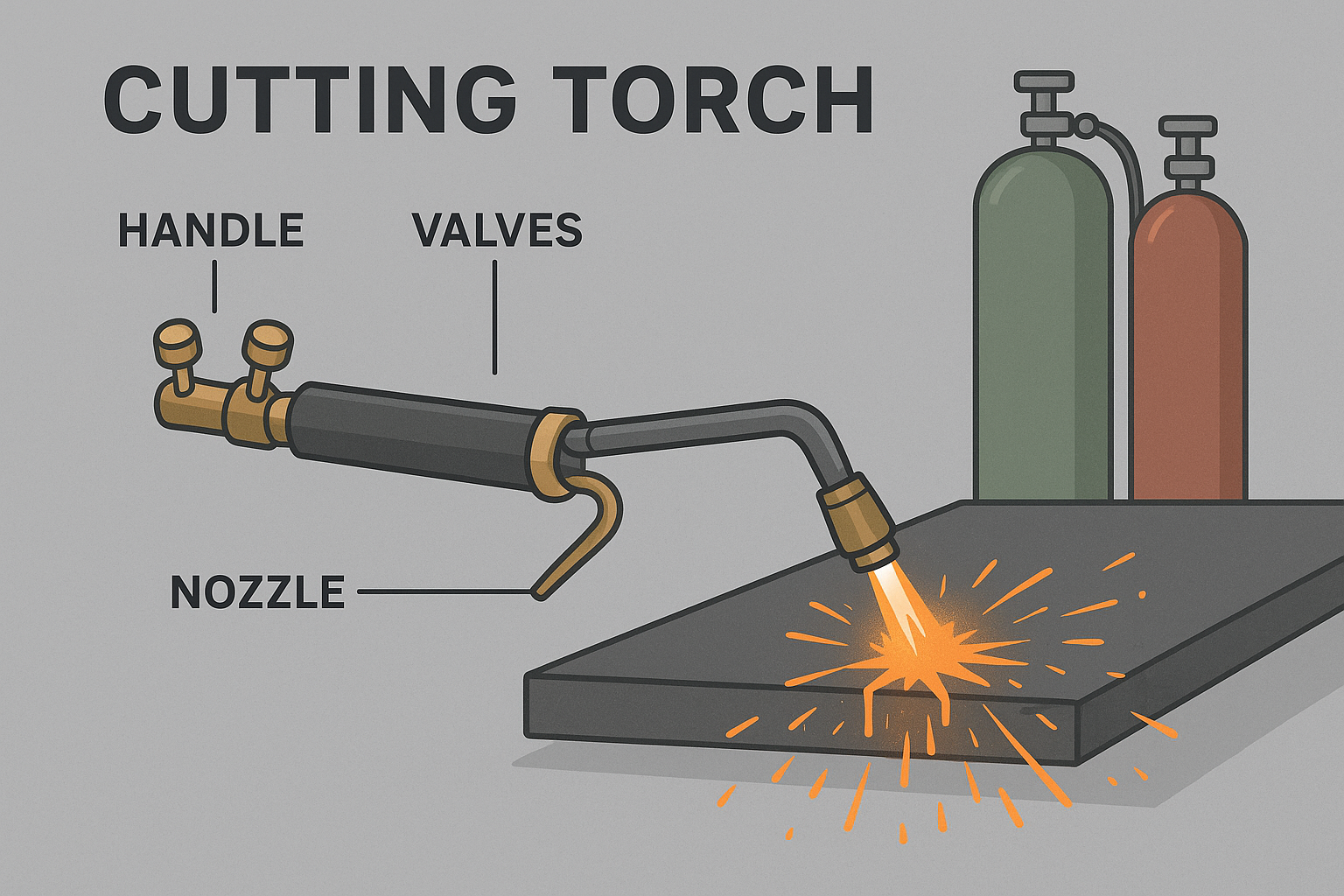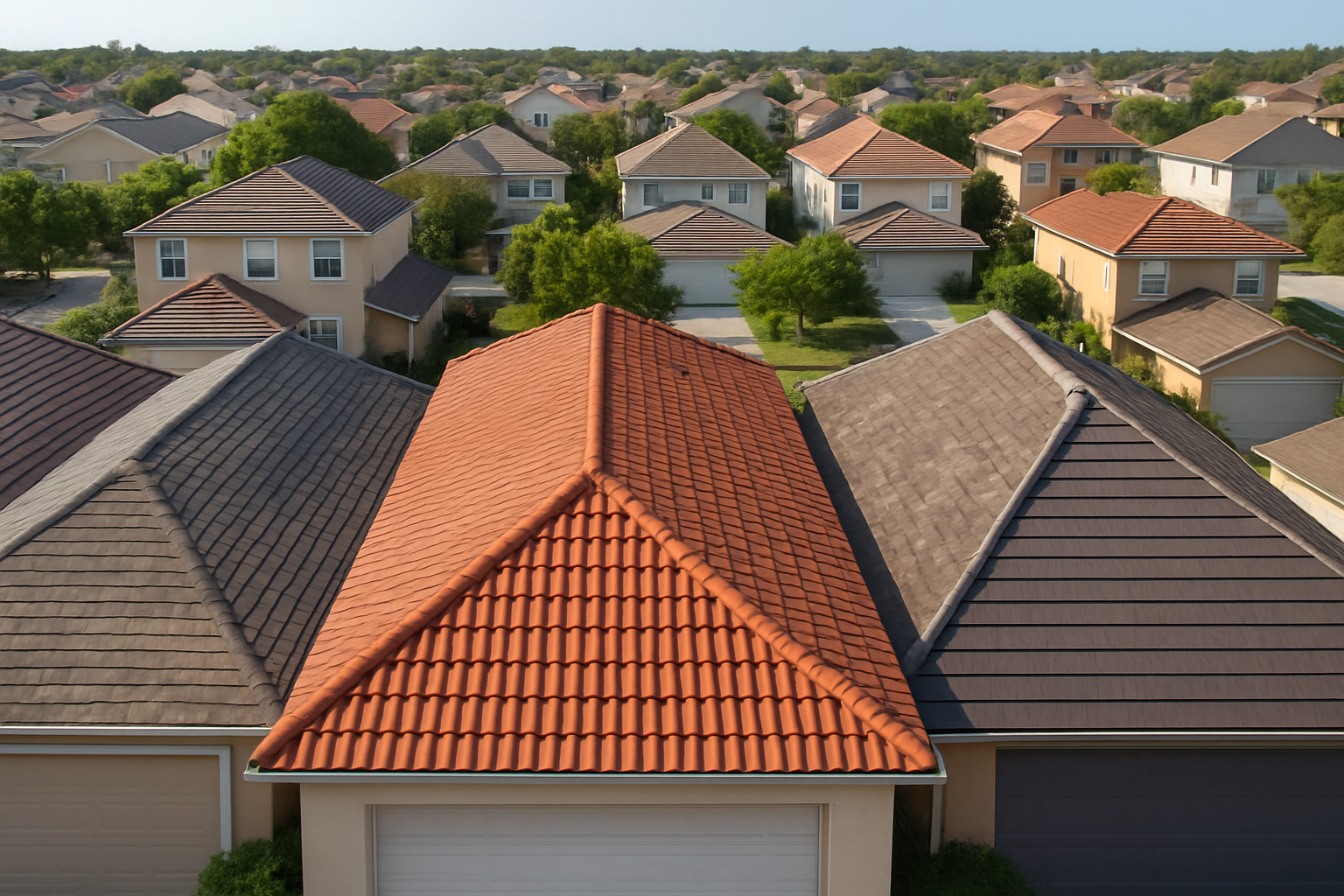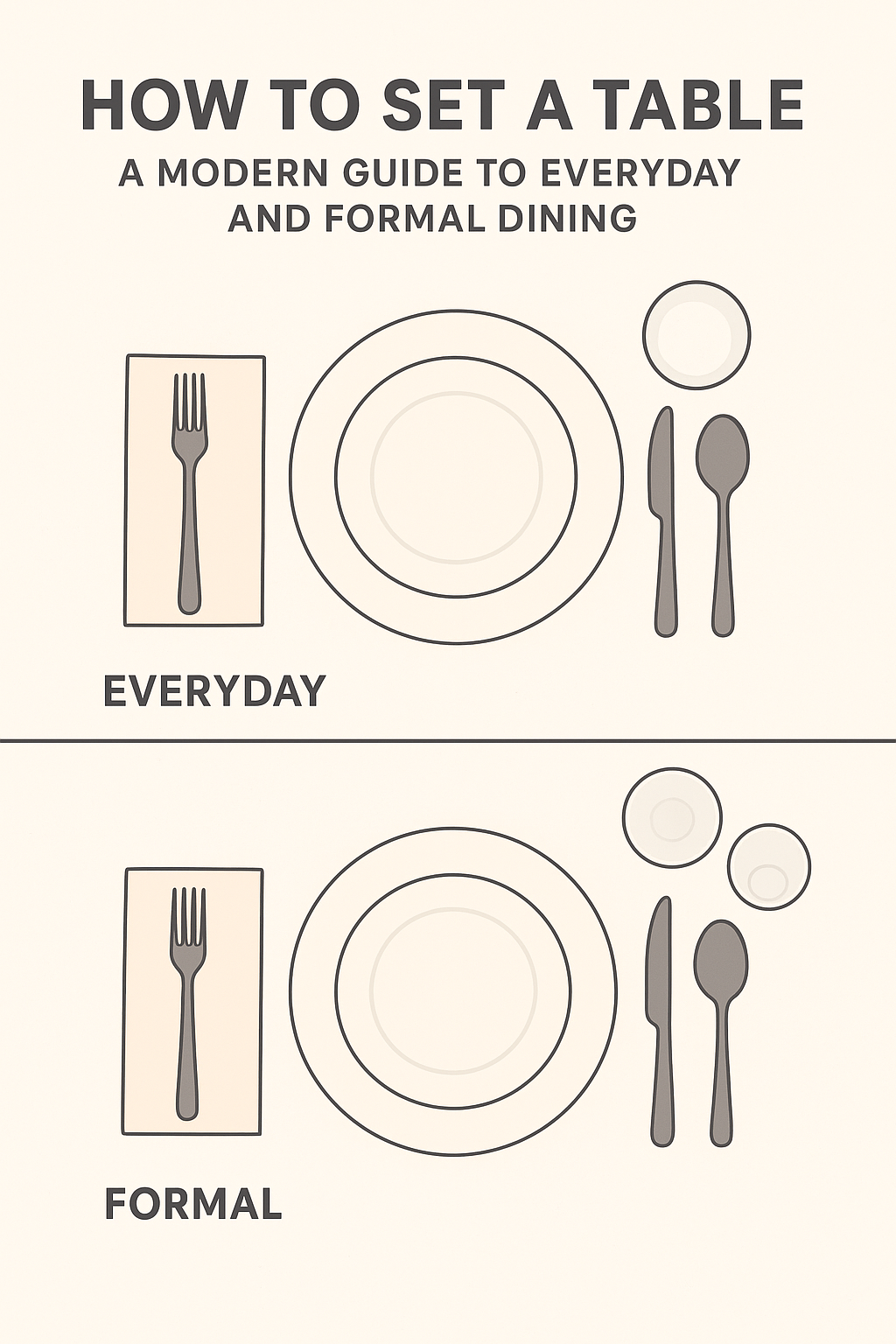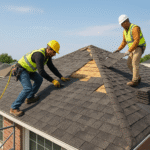When people ask how long does a roof last, the answer isn’t as simple as picking a number. Roof longevity depends on the materials, the environment, and the care it receives over the years. Since a roof is one of the most important investments in your home, understanding its average lifespan can help you plan better for maintenance and eventual replacement.
What Factors Determine How Long a Roof Lasts?
Several conditions influence the lifespan of a roof:
- Material type – Different roofing materials naturally have varying durability.
- Climate – Extreme heat, heavy rainfall, or snow can shorten a roof’s life.
- Installation quality – Poor workmanship can cause premature failures.
- Maintenance – Regular cleaning and inspections extend lifespan.
- Ventilation – Proper attic airflow prevents moisture buildup and structural damage.
Average Roof Lifespans by Material
Not all roofs are created equal. Here’s how long you can expect common roofing materials to last:
How Long Do Asphalt Shingles Last?
Asphalt shingles are the most common choice for residential homes. Typically, they last 15–30 years. High-quality architectural shingles may stretch toward the upper end of that range.
How Long Does a Shingle Roof Last?
A shingle roof, particularly asphalt, is popular due to affordability. However, its shingle roof lifespan can be shorter in storm-heavy regions or areas with extreme sun exposure.
Wood Shingles and Shakes
With good maintenance, wood shingles last 20–40 years. They require treatment to resist rot and insects.
Metal Roofs
Metal roofing can last 40–70 years depending on the type of metal. They are durable and resistant to most weather conditions.
Clay or Concrete Tiles
Heavy but resilient, tile roofs can last 50–100 years if installed correctly. They’re popular in warmer climates.
Slate Roofs
Slate is considered premium, with lifespans reaching 75–200 years. It’s extremely durable but comes at a high cost.
Signs That a Roof May Need Replacing
Even before a roof reaches its expected end of life, you may notice issues:
- Curling or cracked shingles
- Missing shingles after storms
- Frequent leaks or water stains indoors
- Sagging roof deck
- Excessive granule loss on asphalt shingles
- Age approaching the average replacement window
How to Extend the Lifespan of Your Roof
Wondering how long is a roof good for when maintained properly? The truth is, proactive care can add years.
- Schedule inspections twice a year.
- Clear gutters to prevent water damage.
- Remove debris like leaves and branches.
- Fix minor repairs before they become major issues.
- Ensure ventilation to avoid mold and heat buildup.
Just as you maintain other household essentials—like knowing how often you should rotate your tires—your roof needs the same consistency.
How Long Is a Roof Good For Compared to Repairs?
There comes a point where repairs no longer make financial sense. For example:
- If the roof is older than its average material lifespan.
- If repairs are frequent and costly.
- If structural damage compromises safety.
In these cases, a replacement may be more cost-effective in the long run. Similarly, with other systems in your home, such as understanding how long car batteries last, knowing the realistic lifespan helps avoid unexpected breakdowns.
Final Thoughts
So, how long does a roof last? The answer ranges widely—from 15 years for basic shingles to over 100 years for slate or tile. What truly matters is the balance of material choice, climate conditions, quality installation, and maintenance.
By keeping up with regular care, monitoring early warning signs, and planning for replacement when needed, you’ll maximize the life of your roof and protect your home for decades to come.






